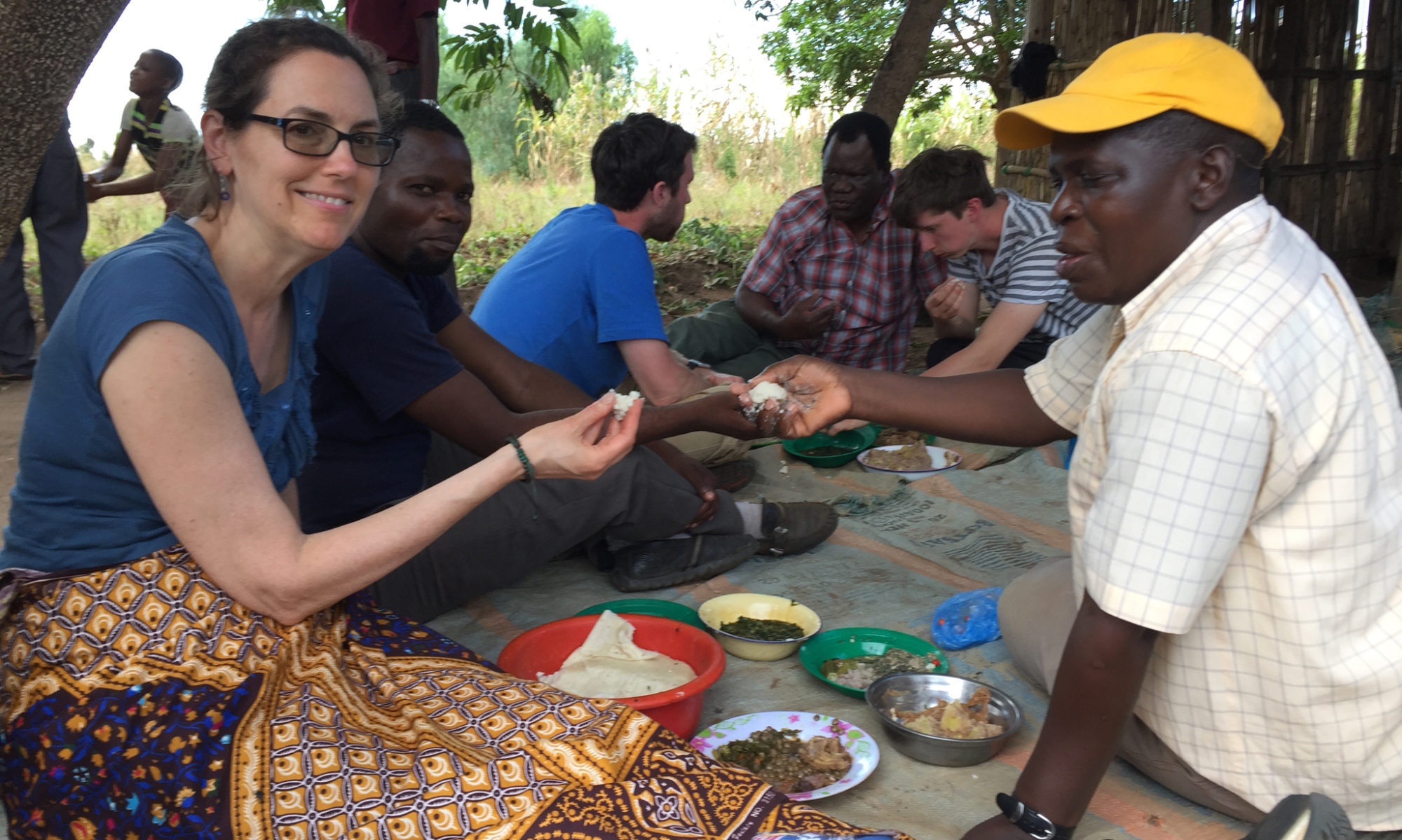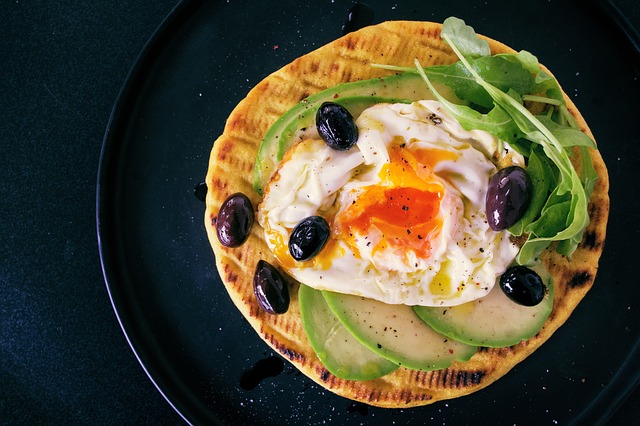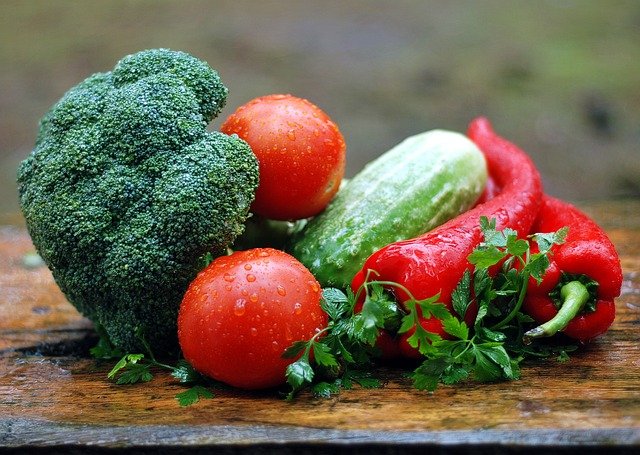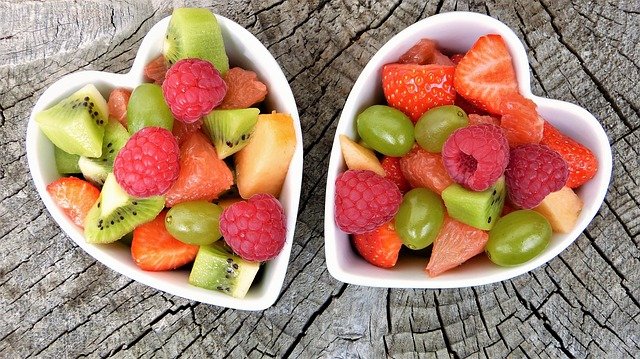Volunteering is a great way to get involved and feel a sense of purpose. Although recent health restrictions make it difficult to go out and volunteer, there is still a way that you can help your community while protecting your health –– virtual volunteering! Continue reading to learn how and where you can volunteer virtually.
What is Virtual Volunteering?
Virtual volunteering is donating your time to assist an organization remotely through your computer or phone. Most organizations have an application process to become a virtual volunteer. Virtual volunteering is a great way to give back to your community and sharpen your skills.
Start Locally
When beginning your search for virtual volunteering, it’s best to start local. Search online for local charitable organizations in your area, and see if any are in need of assistance virtually. If you’re having trouble finding information, reach out directly to organizations and ask if they need help. Another way to discover local volunteer opportunities is to use Facebook’s Town Hall resource and search for groups in need of virtual volunteers in your area.
Consider Established Programs
While it’s great to help local organizations, virtual volunteering conveniently allows for helping out state-wide or even nation-wide organizations. Many established organizations such as the Red Cross, the Smithsonian Institute, and the American Cancer Society are looking for virtual volunteers. Visit their websites and (if applicable) send in a volunteer application to join their teams. Additionally, you can visit VolunteerMatch to discover virtual volunteer opportunities.
Dr. Barbara Edwards, a Princeton M.D. internist practices at Penn Medicine Princeton Health in the Penn Medicine Princeton Medical Center and also serves as Medical Director of the Bristol-Myers Squibb Community Health Center.






